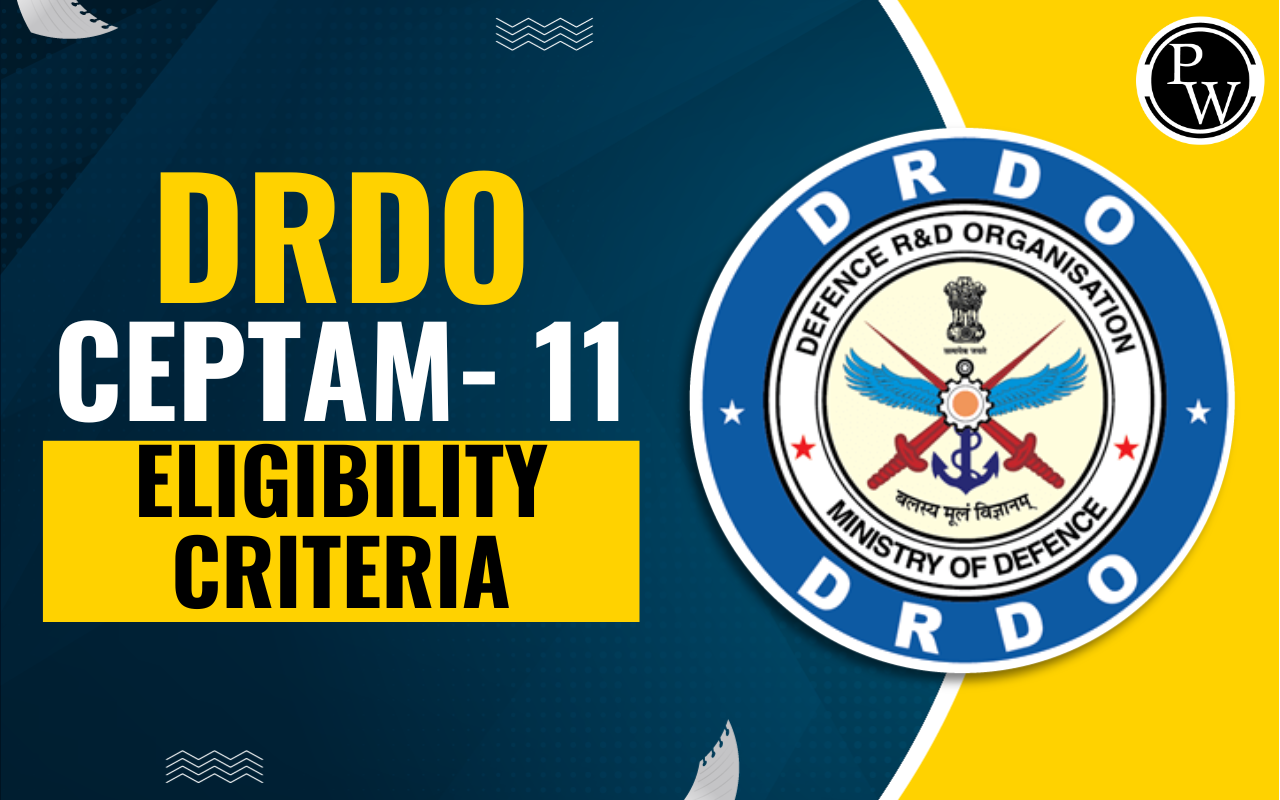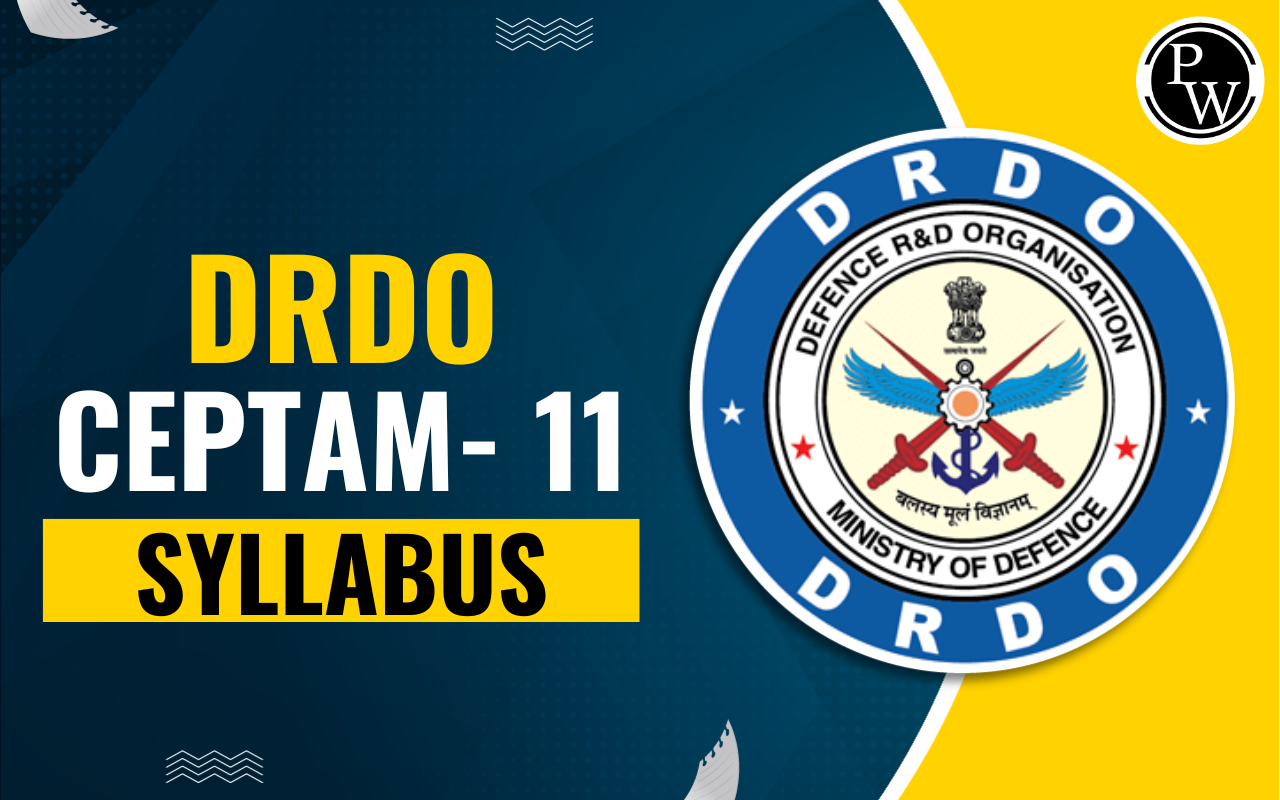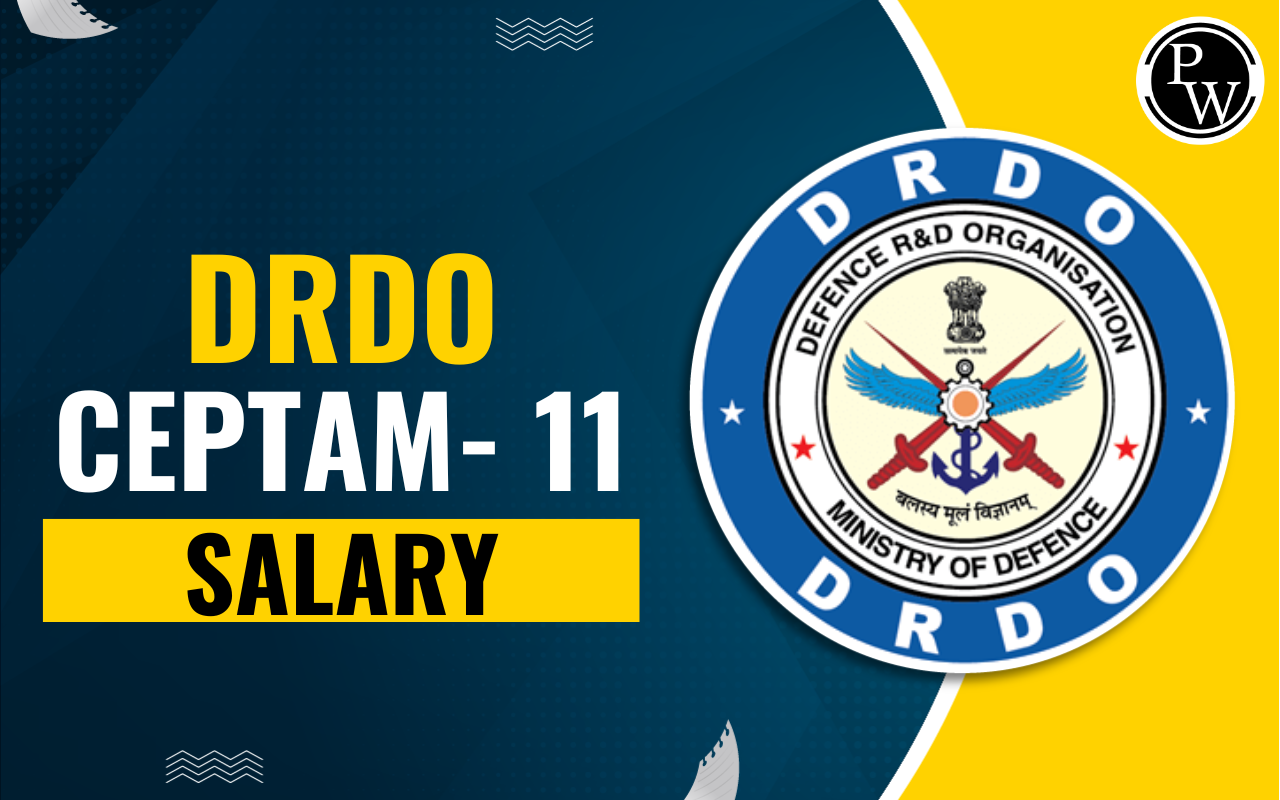
Rectilinear Motion: The study of motion is fundamental to understanding the behavior of particles and the rigid bodies. Rectilinear motion, a subset of kinematics, deals with the motion of particles along a straight line. Rectilinear motion is a crucial topic as it forms the foundation for understanding more complex motion and dynamic systems.
The kinematics of particles refers to the study of the motion of particles, excluding the forces causing the motion. A particle signifies an entity with mass but insignificant dimensions. In simple words, if an object's shape and size don't impact its motion analysis, it's treated as a particle. By asserting that bodies are treated as particles, we're focusing only on their motion as an entire unit; any spinning around their center of mass is ignored.
Motion and its Types
A body is considered to be in motion when it undergoes a change in position relative to a reference point. The understanding of motion is crucial in designing, analysing, and predicting the behaviour of mechanical systems.

Based on the classification provided, it is clear that rectilinear motion falls under the category of translational motion. Consequently, our focus in this discussion will be exclusively on translational motion.
Translational Motion
Translational motion involves all particles of an object moving along parallel paths, ensuring equal displacement for each particle. This allows treating the object as a single particle for analysis. Based on the characteristics of the trajectory, this motion can be categorized into two distinct types: rectilinear motion and curvilinear motion.
Rectilinear Motion
A type of translation motion in which
all the particles of the body move along straight lines
is known as rectilinear motion. For example, a car moving on a straight road, a stone dropped from a tower, etc. This type of motion occurs in one dimension. It deals with the description of the position, velocity, and acceleration of particles as they move through space.

x P = x Q = x R
v P = v Q = v R
a P = a Q = a R
Motion Variables in Rectilinear Motion
Several variables describe and characterise rectilinear motion, helping us understand and analyse the behaviour of objects undergoing this type of motion.- Position: Position is the location of object in space relative to a chosen reference point.
- Distance: it is the total path travelled between initial and final position. Distance can never be negative, and it is a scalar quantity.

- Displacement: Displacement refers to the change in an object's position from its initial point to its final point along the straight line. In simple words, it is the shortest distance between the initial and final positions. It is a vector quantity, meaning it has both magnitude and direction. Mathematically, displacement is given by the difference between the final position (x f ) and the initial position (x i ). Displacement can be positive (when an object moves in the positive direction along the axis) or negative (when it moves in the negative direction).
- Velocity: The velocity of a particle is defined as the rate of change displacement. It is a vector quantity.
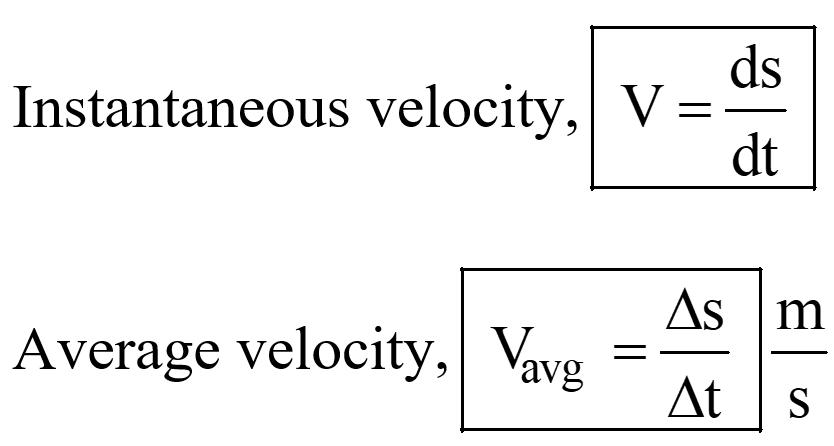
-
Acceleration:
The acceleration of a particle is defined as the rate of change in its velocity. It describes how quickly an object's velocity is changing. Like velocity, acceleration is also a vector quantity.
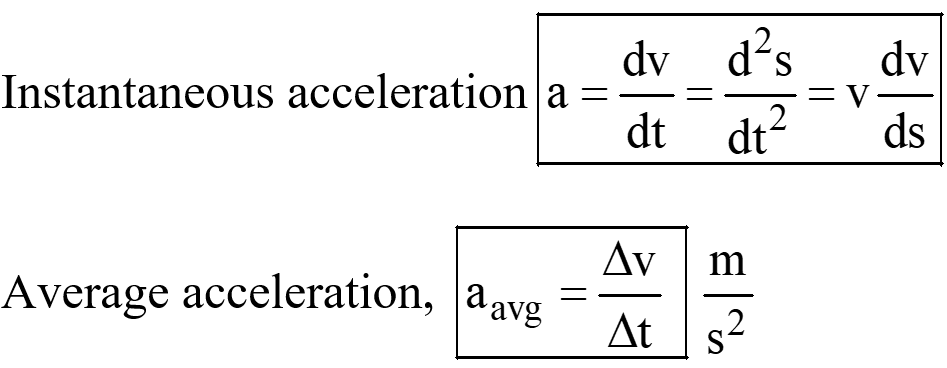
Note: Positive acceleration means velocity is increasing, and negative acceleration (deceleration) means velocity is decreasing.
Rectilinear Motion with Uniform Acceleration
Rectilinear motion with uniform acceleration is a specific type of motion where an object moves along a straight line, and its acceleration remains constant throughout the motion. This type of motion is commonly encountered in scenarios such as objects moving in a gravitational field or vehicles accelerating or decelerating steadily.
In the case of rectilinear motion with uniform acceleration, there are three primary equations that relate the motion's key variables. These equations are derived based on calculus and the fundamental principles of motion. They are valid as long as the acceleration remains constant during the motion.
- First Equation of motion
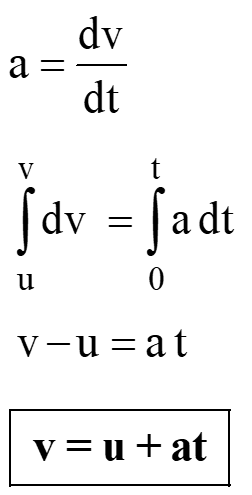
- Second Equation of motion
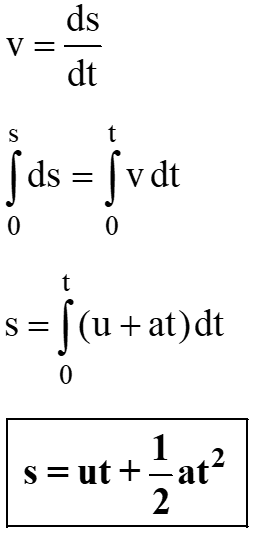
-
Third Equation of motion
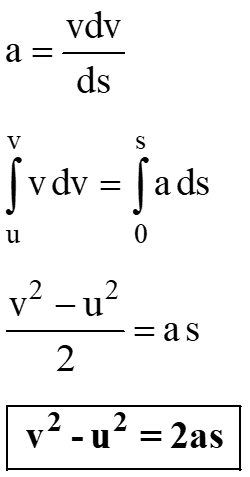
Note:
- Sign Convention: In rectilinear motion, treat vector quantities (displacement, velocity, and acceleration) as algebraic scalars with signs. Choose a positive direction before problem-solving, whether upward, downward, or rightward or leftward. The opposite direction is negative.
- If a particle is moving with variable acceleration , then we can use these equations only.

|

|

|
Motion Curves in Rectilinear Motion
In rectilinear motion, various types of motion curves can be used to visually represent the relationships between different motion variables. These curves provide insights into how position, velocity, and acceleration change over time. Let's explore some of the commonly encountered motion curves in rectilinear motion.
| Displacement – Time graph | Velocity – Time graph | Acceleration – Time graph |
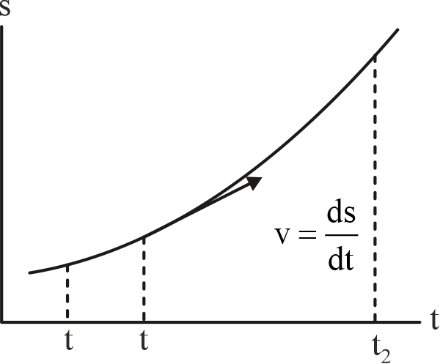
|
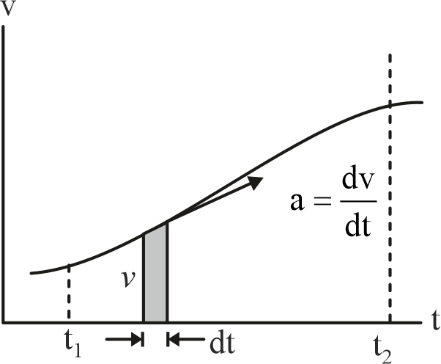
|
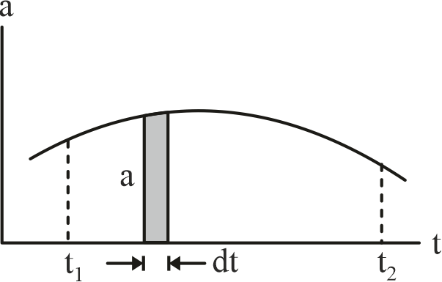
|



